Aside from all the talent showcases, the conference sessions and star performances by the likes of Heart (who were amazing by the way!), the annual Canadian Music Week conference allows you to bump into people you haven’t seen in ages.

Unfortunately for me, due to other work constraints, my entire exposure to this year’s event was limited to one Ticket Fly-sponsored soiree at the El Mocambo. Yet even in that brief period, I ran into former Music Express employee David Hazen, ex Platinum Blonde manager Bruce Barrow, Deadbolt Music honcho David MacMillan, Indie Week organizer Darryl Hurs and party sponsor Bruce Morrison, general manager Canada for the newly-launched Ticket Fly operation.
Yet the key attraction for me was to re-unite with a little lady from Vancouver who wields a creative photo lens, my former West Coast photographer, Dee Lippingwell, who attended the conference to promote her second book – “First Three Songs – No Flash” (published by Friesen Press).
For those not in the know, “First Three Songs – No Flash” is the universal command given to most photographers entering the hallowed photo pit to shoot major concerts. It generally means you have to barge elbow to elbow with a number of other aggressive photographers all fighting for that one money shot during an opening nine or 10 minute spell where lighting and sound is still being adjusted – and of course – No Flash!
Dee Lippingwell is a little lady who had to rely on her wit and survival skills to hold her own in the pit. Sometimes she had to shoot from outside the pit, amongst the crowd, sometimes she didn’t even have a photo pass! Yet those obstacles only presented new challenges for Dee who for the past 40 years has prospered as Vancouver’s top rock music photographer.

According to her book, Dee had started to attend a lot of rock shows in Vancouver but continued to curse herself for not having a camera to record souvenirs of the event. Having attended The Rolling Stones’ Exile In Main Street concert in June 1972 at Vancouver’s Pacific Coliseum, Dee thought to herself “Damn I wish I had a camera that would capture those memories for me.”
The following year, Dee had secured a Canon 35mm camera and lugged it to see Pink Floyd‘s `Dark Side Of The Moon concert. Unfortunately, she found herself in the nosebleed section where her 300 mm lens proved to be ungainly. So she snapped on a shorter lens, waded down towards the front of the stage (you could do that in those days) and fired away. “I was used to shooting trees and flowers, I knew nothing about stage lighting or the correct film speed to use, I was flying by the seat of my pants.”
The resulting pictures were good enough that when Dee saw a competing photo layout in the window of a record shop, she challenged the owner that she had better shots. Suitable impressed, the store owner replaced the drab black and white shots with Dee’s color shots and gave her a photo credit in the window. That was the spark that ignited her passion. Utilizing a series of Time-Life photography books, Dee studied the correct methods of developing and processing film and printing black and white and color photos.
As the Vancouver music scene exploded in the mid-Seventies, Dee found herself pitching her photos to the entertainment editor of Vancouver’s underground weekly tabloid, the Georgia Strait. This editor was a certain Irish chap called Bob Geldof – yes the same Sir Bob Geldof , later frontman for the Boomtown Rats and organizer of Live Aid. Geldof had to scarper back to Britain due to some immigration irregularities but he passed on his recommendation to the incoming editor and in 1975, Dee found herself freelancing for the Strait.
I first met Dee at the end of March 1977. I had launched the debut issue of Music Express in October 1976, but it was still a part-time hobby as I was still toiling as a sports writer for the Calgary Herald. My Vancouver writer, Tom Harrison, had recommended Dee as a photo contributor and I was able to parlay a sports assignment to cover the Calgary Canucks Junior A hockey team playing in the Western playoff finals in Vancouver against the Richmond Sockeyes to double as a business trip for Music Express.
Dee and I had a pleasant chat, she agreed to supply pix for Music Express and two months later, she and Tom joined me in Seattle to cover Heart’s major hometown gig to launch their new album `Little Queen’. I was there to interview Heart for the cover of M.E but it was getting dark when we finished off a bout of interviews. Dee arranged the band on a small hilltop behind the stage, and in the fading light, snapped some amazing shots, one of which graced the cover of our June 1977 issue.
Although Dee has spent most of her time in Vancouver, (there was a brief period in the early 80’s when she worked for us in Toronto), she has continued to build her reputation as THE go-to photographer on the West Coast. She published her first book “Best Seat in the House” in 1987 and has now followed with her second book – First Three Songs – No Flash.
This is a self-funded book, probably could have done with a graphic designer and a copy editor. But for whatever flaws exist in the actual design, Dee’s photos and accompanying anecdotes about obtaining the shots are riveting.
She talks about parlaying her friendship with Long John Baldry into forging an on-going friendship with Rod Stewart. She talks about sharing some food with a roadie backstage at an Eagles concert, only to watch as that roadie walked on stage with his guitar and started to sing. That roadie was Eagles’ guitarist Glenn Frey.
Yet it’s not all positive. Dee mentions some of her screw-ups. Running out of film when Phil Collins introduced his 14-year old son Simon, to play on a duelling drum kit and missing an exclusive shot. She tells of ruining Fleetwood Mac photos and having to jump on a plane to Calgary (at her own expense) to shoot make-up shots for her Georgia Strait assignment. Then there’s the ever-present danger of upsetting someone, in this case Bryan Adams who at the time was fronting Sweeney Todd and was not impressed with Dee’s Georgia Strait’s cover shot of him and sent her a scathing letter bemoaning her choice (not knowing she had gone on vacation and left her film for the Georgia Strait music editor to develop). Or the time she had to sneak live shots of Bruce Springsteen from her seat after photographer Lynn Goldsmith (who was rumoured to be dating Springsteen at the time) had arranged to have exclusive photo access to the concert).
The book’s highlight is no doubt her first-hand account of the June 5th 1976 Nor’Wester concert riot at Stateline Idaho which earned Dee a writers and photo credit for Rolling Stone magazine. Hearing about a three-day festival starring Blue Oyster Cult and Bachman Turner Overdrive June 4-5-6 1976, Dee convinced Georgia Strait editor Dan MacLeod to assign her and writer Tom Harrison to cover what the promoters were advertising as `An event to rival Woodstock’.
Accompanied by her girlfriend Roxanne, who helped to split the driving duties, the trio arrived at the gig’s production office, a large luxury motor home. After an initial problem with their accreditation (Dee had left their original passes on her kitchen table), the trio pitched their tent in a media compound. While at the production office, Dee and Tom had picked up on some uneasy vibe but would not know the real problem until the following day.

That first night; Blue Oyster Cult played along with a couple of warm-up acts, Earthsong & Nektar, yet it was evident something was seriously wrong. The projected attendance of over 100,000 fans was actually no more than 5,000. Problems arose when Blue Oyster Cult was supposed to leave their gear onstage for other bands to use the next day. But when the promoters failed to pay BOC, their roadies started to tear the gear down.
Dee reports that she and Roxanne woke up early in the morning to find that the promoter’s motorhome had gone, the smaller trailer used as an on-site production office was also gone and the stage was stripped bare of gear, only a huge black curtain was hung to hide the subterfuge from the then unknowing crowd, assembled at the front of the stage. Racing into Post Falls Idaho, to find Tom, the trio then discovered the production office in the hotel was also abandoned – the promoters had buggered off and abandoned the concert!
It didn’t take long for the remaining fans to realize what had happened. They stormed the stage and lit it on fire, sent concession stands tumbling down the hill and one creative fan jimmied one of the semi-tractor trailers and proceeded to execute wheelies in front of the stage. Police arrived but they contented themselves by parking on the road, observed the mayhem without interfering and busted everyone who left the site and walked into their roadblock.


Roxanne had the foresight to park their car on the highway, and the trio escaped by sprinting through a cornfield and on to the road, waving their credentials at a police helicopter which was buzzing them. They drove through the night back to Vancouver, and when Harrison claimed he was too tired to bang out the story immediately, Dee decided to do it herself and quickly couriered a package of prints off to Rolling Stone in San Francisco. A couple of days later, someone called from Rolling Stone to verify her story and two weeks later she received an advance copy of the issue with her story and by-line, Published June 15, 1976 Issue #217 – along with a cheque for $100!
Dee has been fortunate to cover other major events – most memorable being the Rolling Stones’ SARS concert July 30th 2003, where the Stones and an all-star cast including AC/DC, Rush and Justin Timberlake performed before 500,000 fans at Toronto’s Downsview Park.
A selection of shots from this concert as well as a wide variety of artists from Aerosmith to ZZ Top grace the 210 pages of this coffee-table sized book. `First Three Songs No Flash’ provides an intimate account of just what it’s like to battle in the photo pit , hang around back stage and press the flesh with famous and wannabe famous people. It’s a highly competitive hustle, more so these days with a lack of major record companies with no budgets to hire photographers for their industry functions.
Yet this book serves as a creditable souvenir of someone who parlayed a hobby into a long-term occupation with the resulting pictures to prove her validity.
Anyone wishing to purchase a copy of First Three Songs No Flash can do so by contacting Dee Lippingwell at www.deelippingwell.com.
As an aside, I am sure that CARAS doesn’t need me to tell them it would be appropriate to induct the late Stompin Tom Connors into their Hall Of Fame during the upcoming Juno Awards in Regina April 21st. Stompin Tom himself would never agree to accept this honor, but with his demise, I am sure his family would be happy to accept this tribute to his memory. Yes k.d Lang is already set to be honored but I am sure she wouldn’t mind sharing the spotlight with Stompin Tom. Also makes for great television!.
Keith Sharp

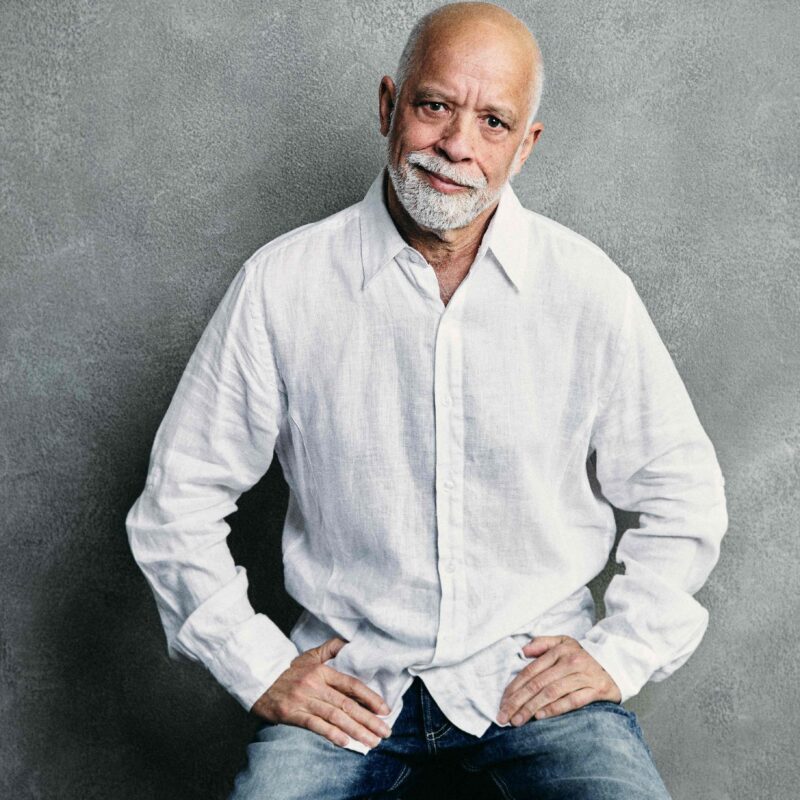
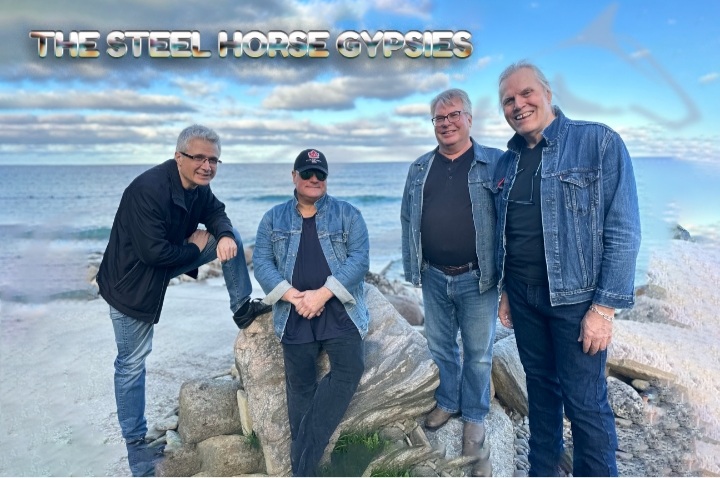
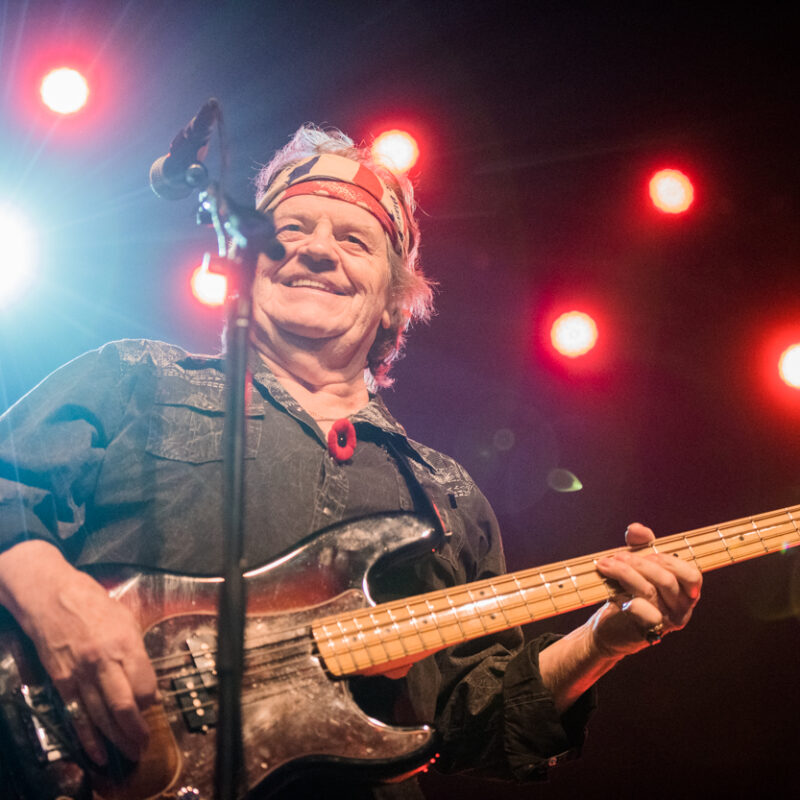
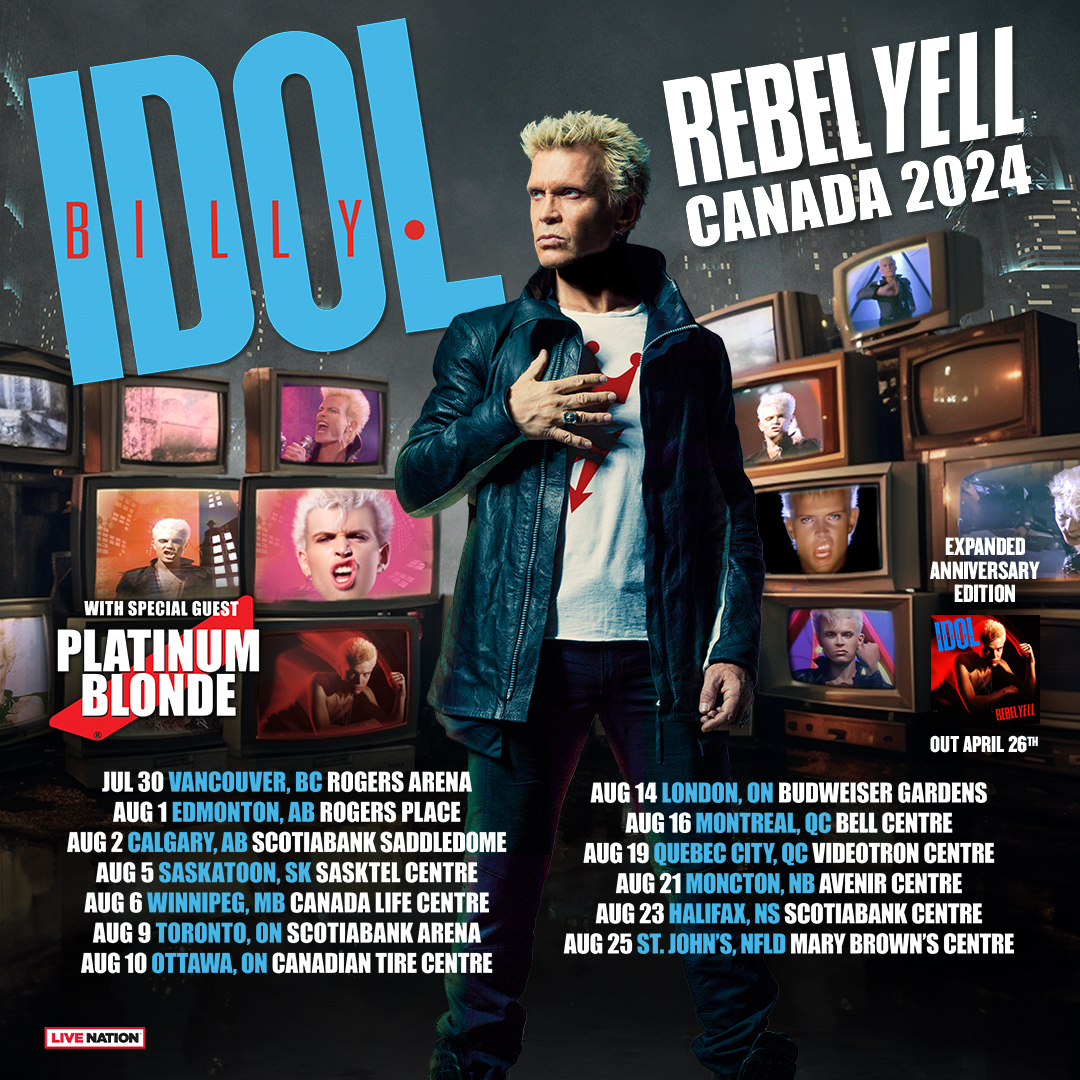

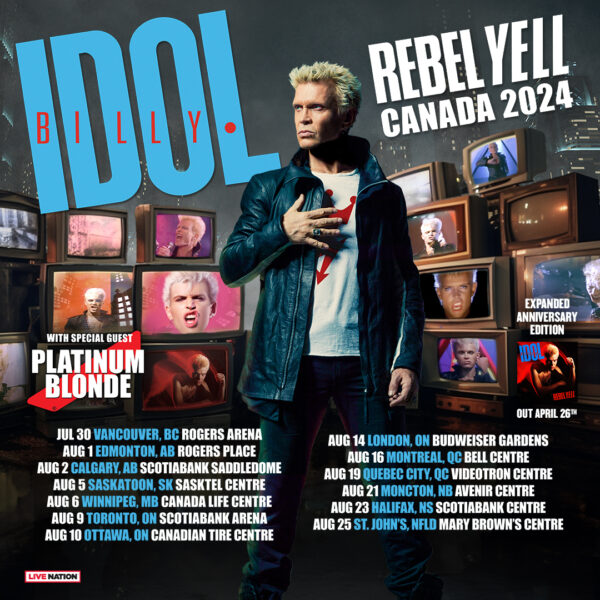

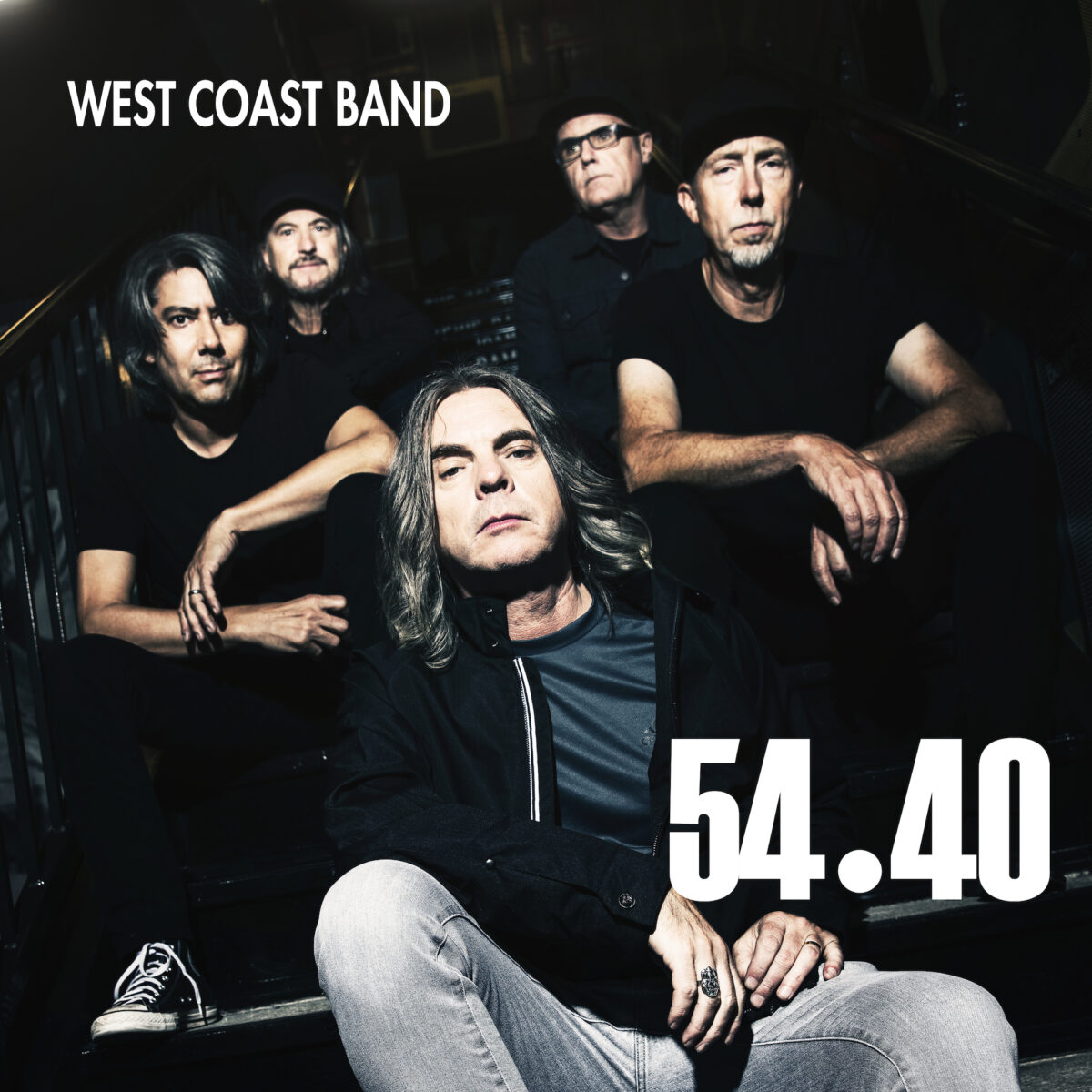
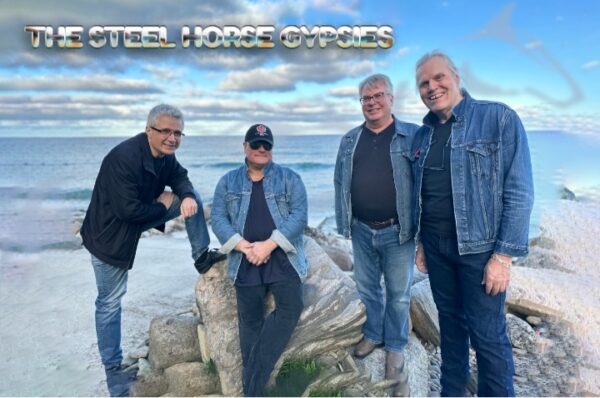
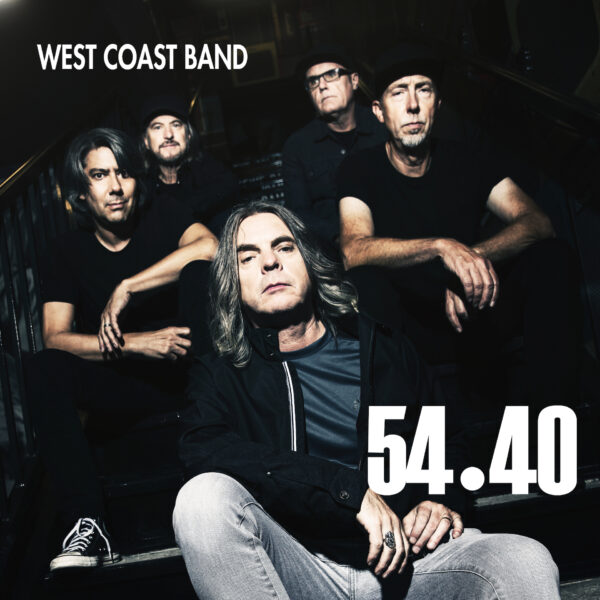

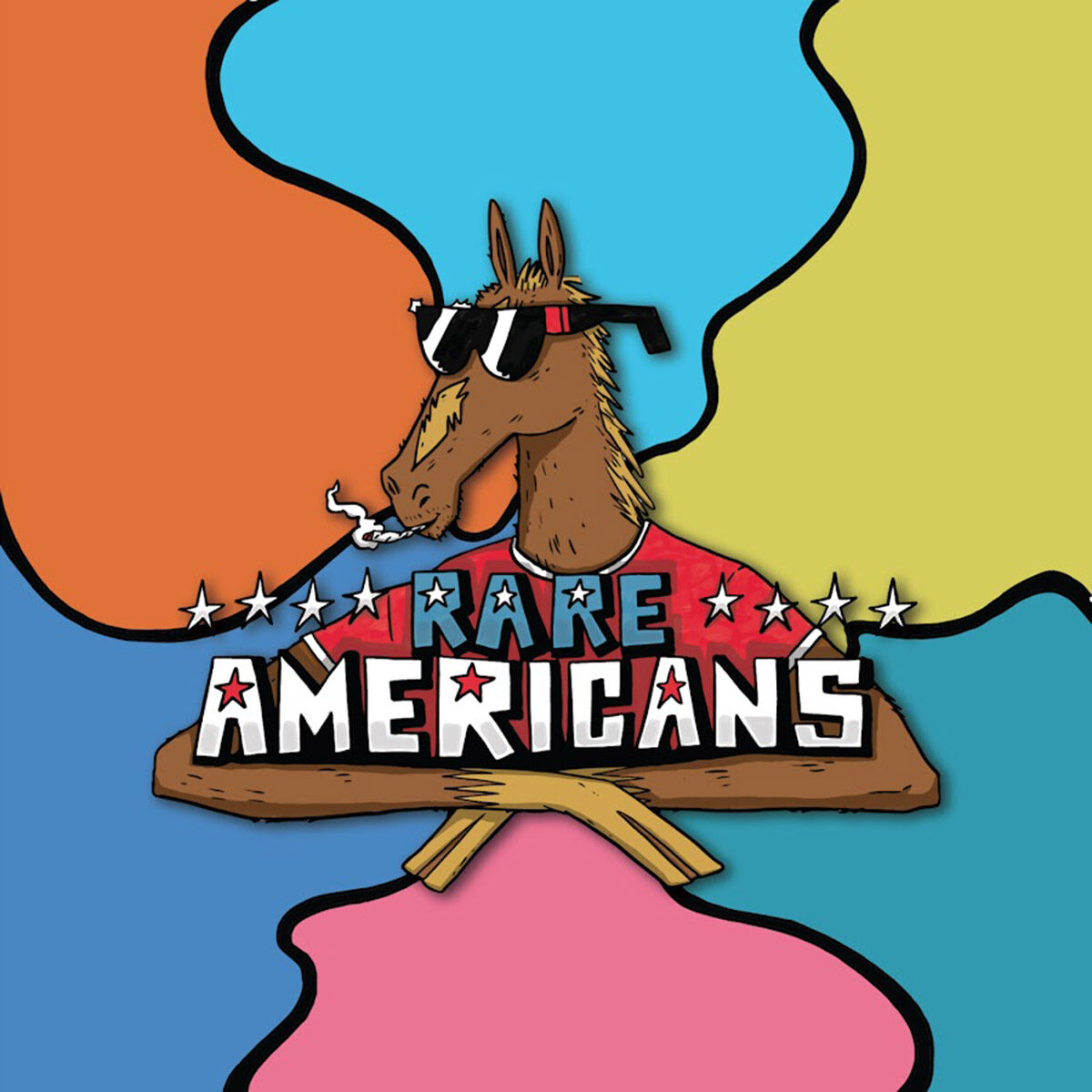

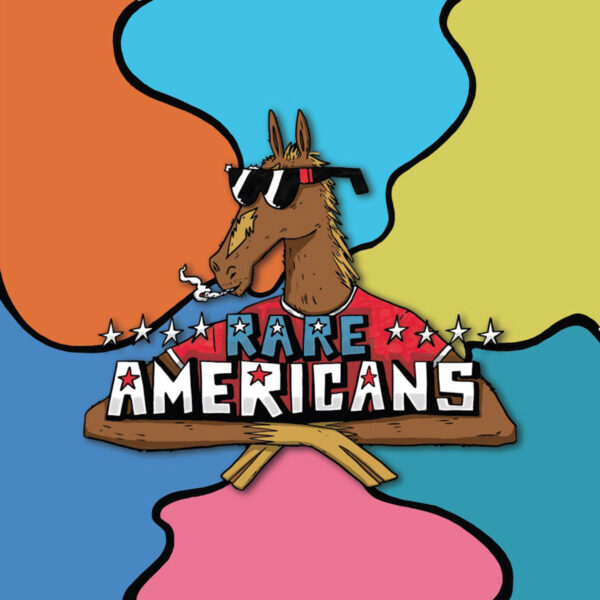
Comments are closed.